Longest Wall in the World through the Eyes and Hands of Nicholas Roerich
Recently Rowdy Wylie and I have been showcasing some fences including the longest fence in the world - the Australian Dingo Fence. I thought it was an opportune moment to showcase not only the longest wall in the world but the work of a very interesting artist Nicholas Roerich who worked predominantly in a symbolistic style.
First, a little about the wall.
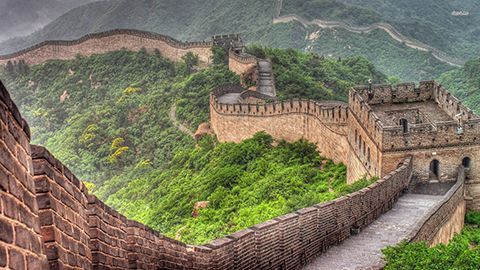
The Great Wall of China is 8,852 kilometres long and is in fact made up of several Great Walls. The first segments were built in the 7th century BC, and the Great Wall was extended by various Chinese dynasties; both as a defence against invasions from the north and to strengthen the prestige of the emperors.2
The Zhao and Yan sections of the Great Wall were built during the reign of King Nan of the Zhou Dynasty (1045–221 BC) in Zhangjiakou and are currently the biggest, earliest, and most well-preserved sections of the Great Wall in China.3
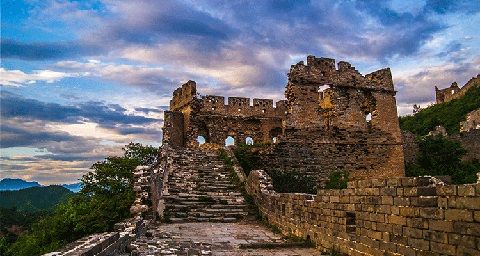
In the years 1925-1929 Russian born Nicholas Roerich (1874-1947) went on a bit of a stroll which he called the Asian expedition! With his wife (Elena (Helena) Ivanovna Shaposhnikova, 1879-1955), sons and six friends they travelled through Punjab, Kashmir, Ladakh, the Karakoram Mountains, Khotan, Kashgar, Qara Shar, Urumchi, Irtysh, the Altai Mountains, the Oyrot region of Mongolia, the Central Gobi, Kansu, Tsaidam, and Tibet" with a detour through Siberia to Moscow in 1926. 4
Nicholas was a true Renaissance Man so was into painting, writing, archaeology, theosophy, spiritualism, mysticism, philosophy... He trained as an artist and a lawyer... and was a dedicated activist for the cause of preserving art and architecture during times of war. Significantly he was nominated several times to the longlist for the Nobel Peace Prize and so-called Roerich Pact was signed into law by the United States and most other nations of the Pan-American Union in April 1935 being the legal recognition that the defense of cultural objects is more important than the use or destruction of that culture for military purposes, and the protection of culture always has precedence over any military necessity. 4
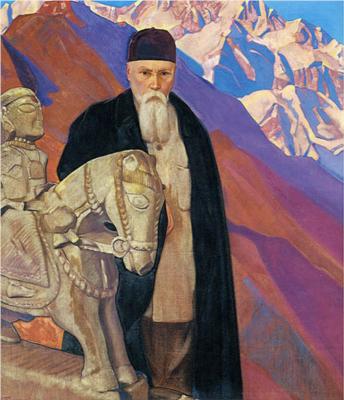
The portrait (above) of Nicholas Roerich with Guga Chohan (the guardian of the Kullu Valley, Himachal Pradesh, India) is attributed on some sites to Nicholas' son Svetoslav Roerich though some websites have it as a self portrait.
His son did become a very influential artist in India but that is for another post. Today we are going to look at three paintings by Nicholas Roerich of The Great Wall of China.
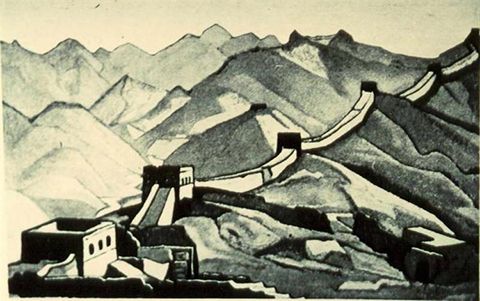
In his youth Nicholas was influenced by Russian Symbolism, a movement in Russian society centered on the spiritual. He was interested in hypnosis and other spiritual practices and his paintings are said to have hypnotic expression.4
Symbolism is described by The Tate as a late nineteenth-century movement that advocated the expression of an idea over the realistic description of the natural world.6
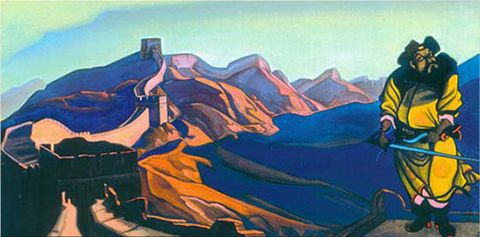
The term symbolism was coined in 1886 by French critic Jean Moréas to describe the poetry of Stéphane Mallarmé and Paul Verlaine. It was soon applied to visual art where the realistic depiction of the natural world, seen in impressionism, realism, naturalism, was rejected in favour of imaginary dream worlds populated with mysterious figures from literature, the bible, and and Greek mythology.6
Russian symbolism arose separately from European symbolism, emphasizing mysticism and ostraneni, the latter referring to defamiliarisation being the artistic technique of presenting to audiences common things in an unfamiliar or strange way so they could gain new perspectives and see the world differently.4
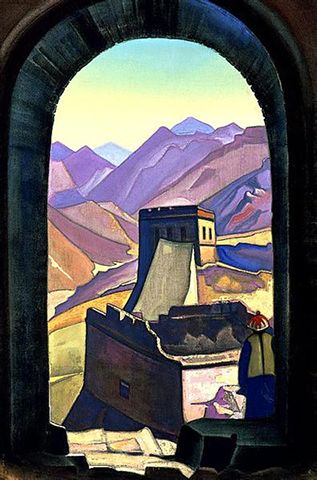
In many ways, the paintings by Nicholas Roerich are simple involving the arrangement of basic shapes into a meaningful composition which is dominated (at least in two of our examples) by strong colours. He has been described thus:
A spiritually inspired artist whose visionary paintings depict vistas beyond our usual perception of human reality. Roerich’s paintings are alive with the color and light of other worldly realms allowing us to encounter visually that which we may have imagined, grasped, or somehow inherently recognize as the spiritual essence behind the veil of our unseeing eyes; Roerich’s paintings seem intent to inspire, educate and reveal the glorious mysteries of the ancient wisdoms in the landscapes of our souls.
Nicholas Roerich had also travelled extensively in 1923 through India and up into the Himalayas. Back in 2019 I wrote an AnArt4Life post on some of the paintings he created at that time which I will republish to show you tomorrow.
Credits
1. onestep4ward.com
2. klm.com
3. chinahighlights.com
4. en.wikipedia.org
5. wikiart.org
6. tate.org.uk
7. Kathleen F. Hall in caffetheendoftime.blogspot.com

